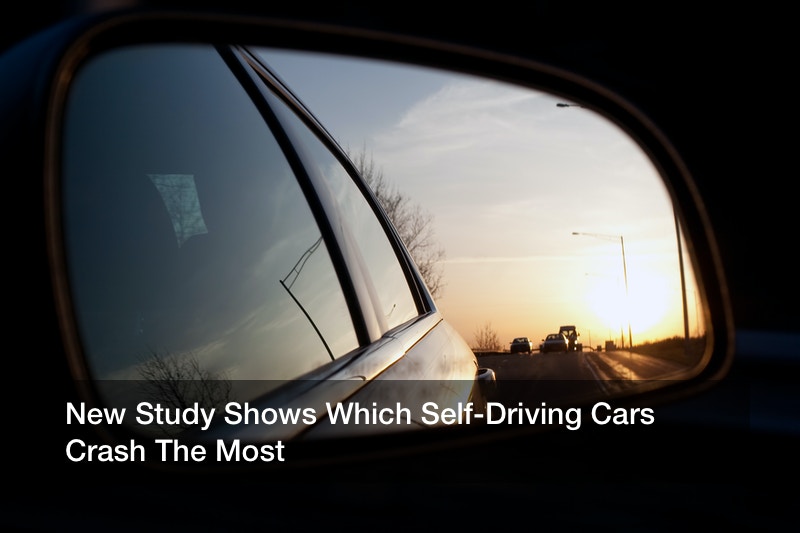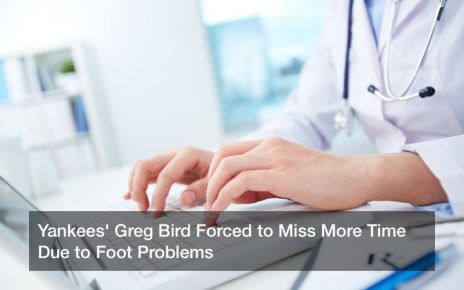

It’s no secret Americans aren’t as confident in driverless technology as the auto industry, but a recent analysis of data from the California Department of Motor Vehicles may give human drivers a greater cause for concern on the road. The NHTSA reports that there are over 50,000 accidents every year related to towing.
A new study conducted by the tech news and reviews website Tech.co analyzed the data from the California Department of Motor Vehicles to determine which self-driving test cars crash most frequently.
The study found that Google’s Waymo cars have been involved in 32 car accidents in California in the Mountain View area, representing 41% of the company’s autonomous vehicle feet. Approximately nine crashes caused by self-driving vehicles attempting to merge onto the freeway.
In San Francisco, where 61 autonomous vehicle accidents have been reported, General Motors Cruise cars have been responsible for up to 52 of them. This accident number is the highest among automakers of driverless vehicles.
It may be for this reason why General Motors reportedly put a hold on its plans to test autonomous vehicles in New York City and why Mayor Bill de Blasio has expressed concerns about the safety of autonomous vehicles.
Self-driving vehicles that crashed the least often included Zoox vehicles (crashed five times), Apple vehicles (crashed twice), Toyota vehicles (crashed once), and Drive.ai (crashed once).
The study didn’t include data from car accidents still under investigation including the fatal Tesla Model X crash that occurred in March 2018 or the fatal Uber test car accident in Arizona that same month.
Compared to the number of accidents caused by human drivers, these numbers are relatively small.
Approximately 6 million car accidents occur in the U.S. every year, and a car accident occurs every four minutes in South Carolina alone. What’s more, up to 14 million vehicles on the road today are at least 25 years old and require some sort of maintenance.
Data also shows that car accidents involving autonomous vehicles most often occur between 1 to 10 miles per hour. Researchers attribute this information to the cautious nature of the self-driving vehicle’s programming.
Accidents involving self-driving vehicles are also more likely to happen at junctions, rather than on open roads. This may be good news to automobile companies interested in developing self-driving trucks.
Approximately 500,000 reefer trailers are currently in operation across the U.S. and self-driving trucks may be the solution to the trucking industry’s shortage of drivers.
Still, whether or not self-driving vehicles are less dangerous than human-driven vehicles, a report compiled by Allianz Global Assistance shows that only 52% of the American population is confident that automotive companies can develop self-driving vehicles that are safe enough.
Other Americans are more vocal about their dislike for self-driving cars. In 2017, a man in San Francisco tackled a Cruise car waiting at a traffic light and damaged the vehicle’s tail light.
In a separate case, another San Francisco man exited his vehicle to punch the autonomous vehicle behind him, causing a scratch on the self-driving car’s front passenger’s side window.
“We’re at a real turning point in terms of transport tech,” says Tom Fogden, the lead researcher on the Tech.co study.
“There’s no progress without pain and our research shows that Californians, especially those in San Francisco are bearing the brunt of the change to self-driving vehicles,” Fogden says. “Hopefully, it will all be worth it.”



